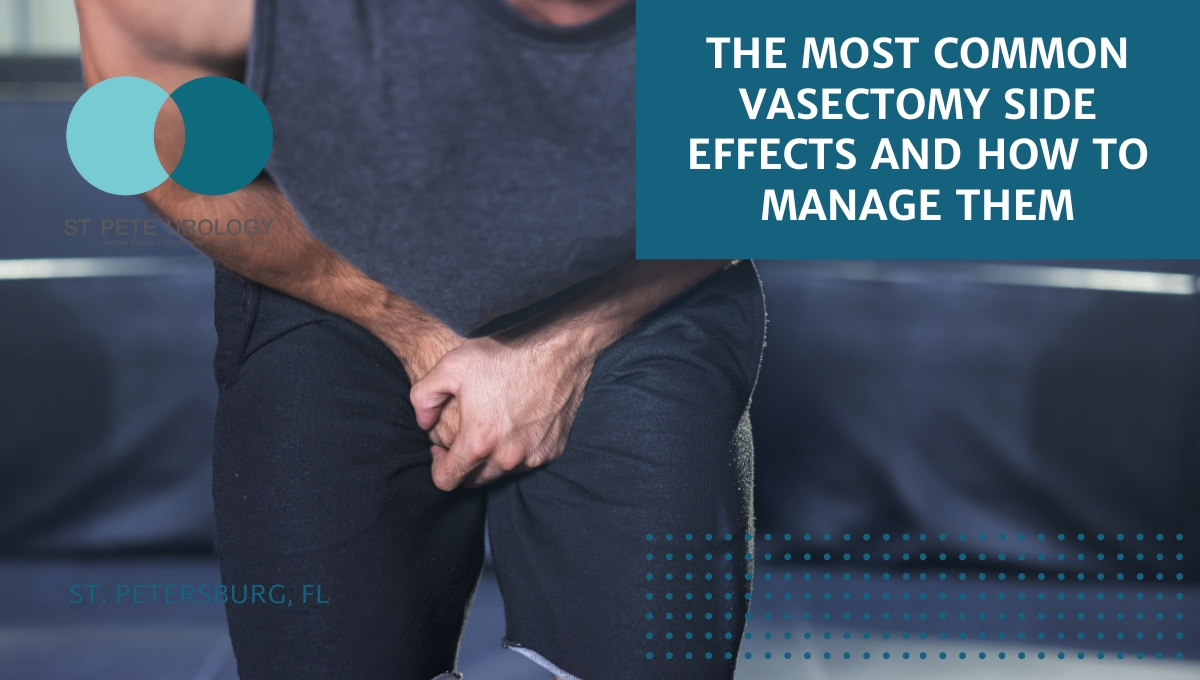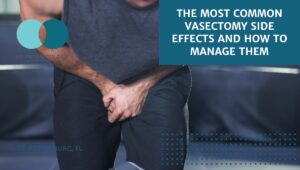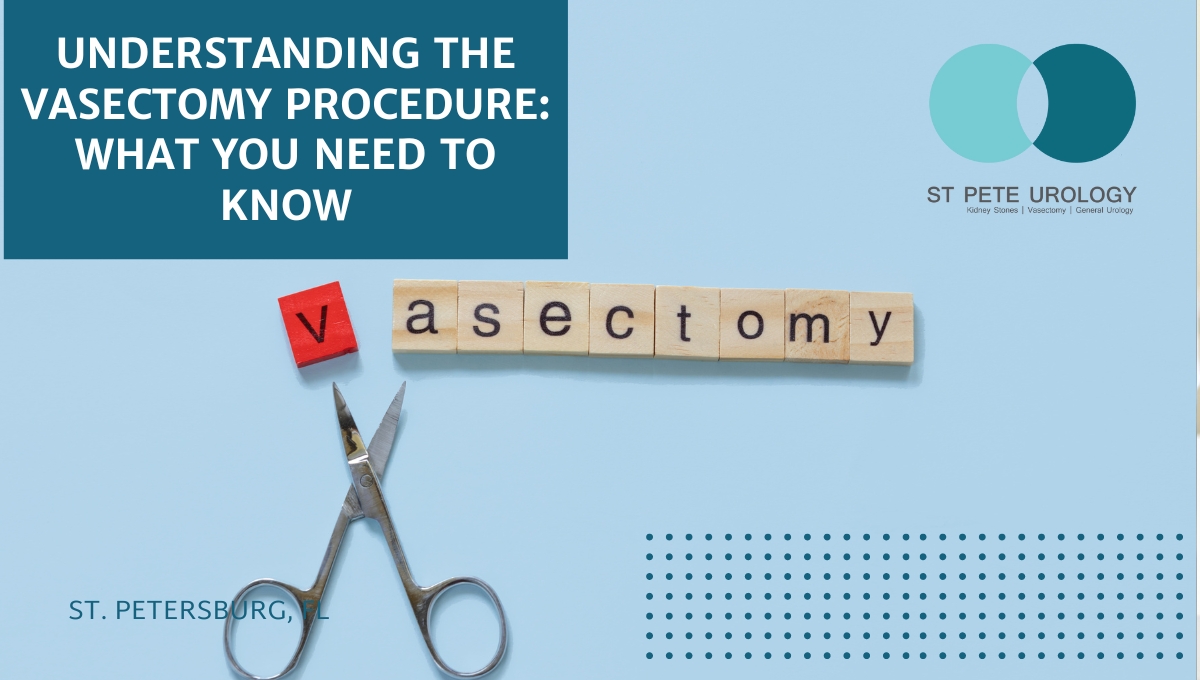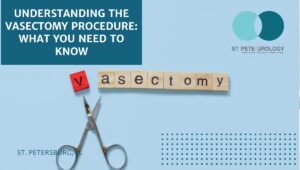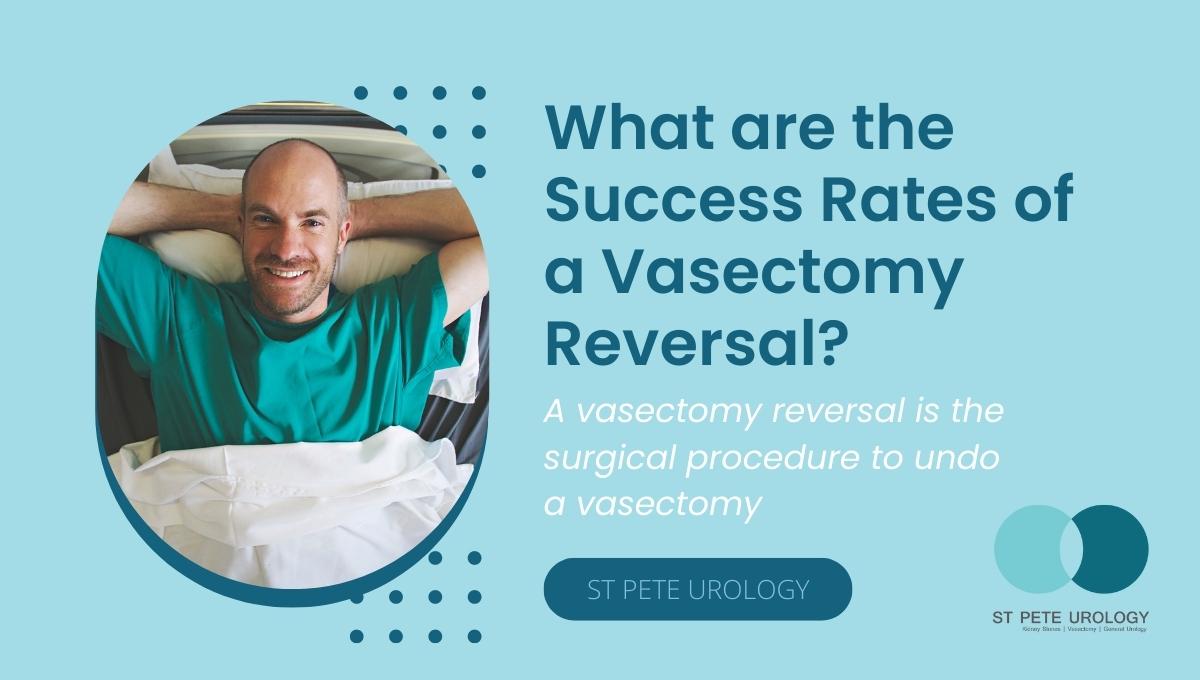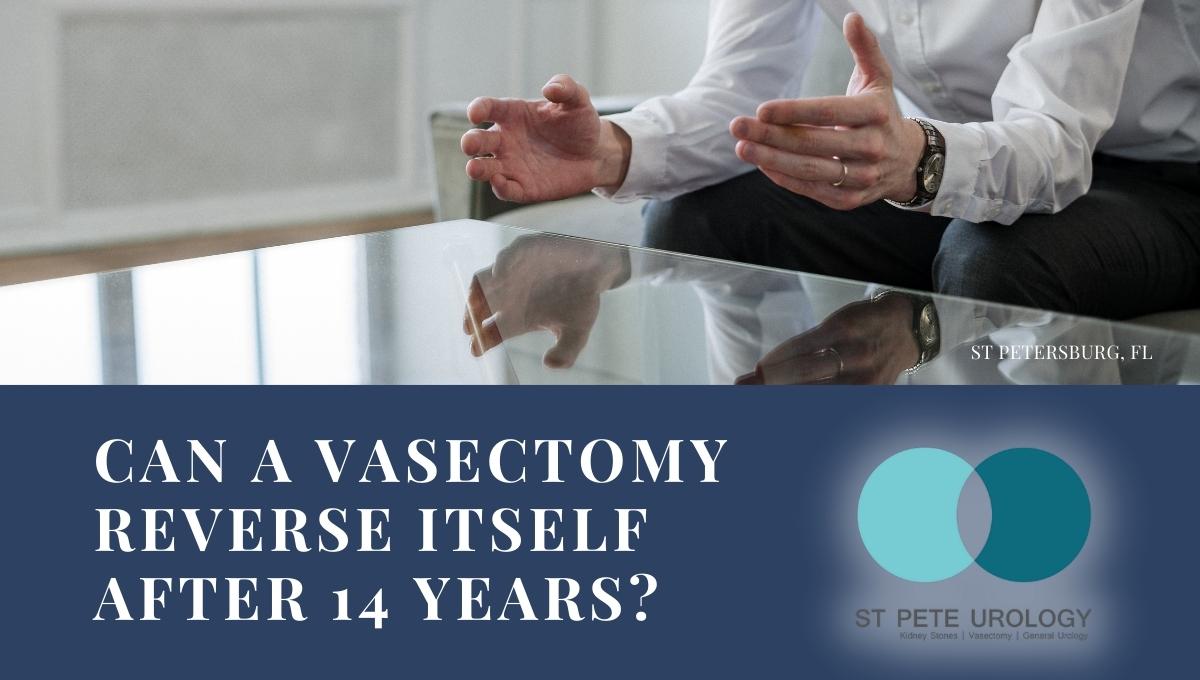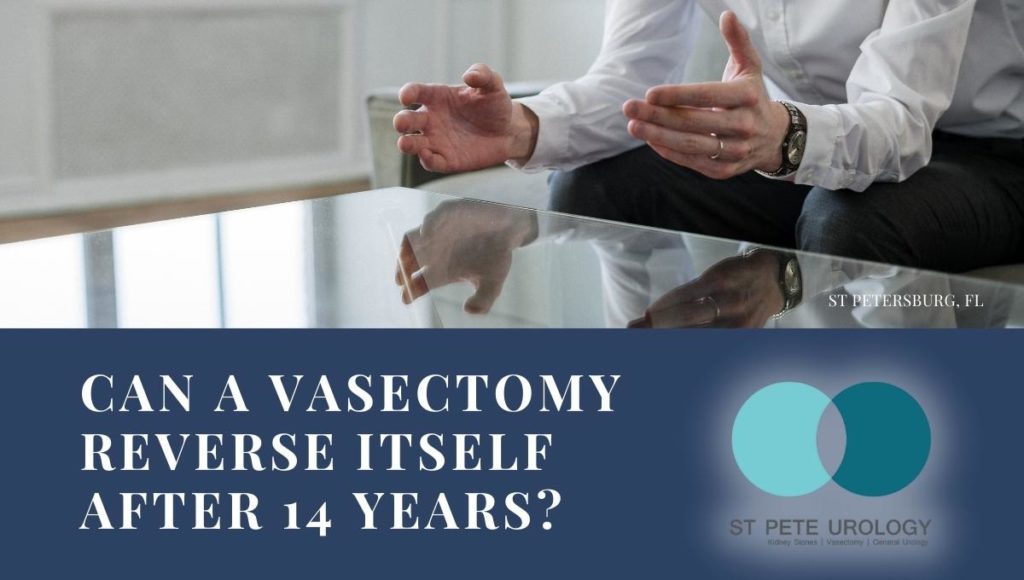Key Takeaways:
- The vasectomy procedure is relatively quick and painless and is performed by making a small incision in the scrotal skin and removing a small portion of the vas deferens.
- Post-surgery care involves avoiding heavy lifting or strenuous activity for the first 48 hours and avoiding ejaculation for 5 to 7 days.
- St. Pete Urology is dedicated to providing the highest quality of care for their patients, with a focus on patient education and transparent communication.
Demystifying the Vasectomy Procedure
For many men, the thought of undergoing a vasectomy can be both confusing and intimidating. However, gaining a better understanding of the procedure and its function can help ease those concerns. Dr. Nicholas Laryngakis is a board-certified urologist at St. Pete Urology. He provides an insight into the vasectomy procedure and what to expect during and after the surgery.
Quick and Painless: The Vasectomy Process
According to Dr. Laryngakis, “The vasectomy will take about 10 to 20 minutes to perform.” The process begins with the injection of a local anesthetic into the scrotal skin adjacent to the vas deferens. This step “affords almost immediate anesthesia,” ensuring patients remain comfortable and pain-free throughout the procedure.
After, a small incision is made in the scrotum. This incision allows the surgeon to expose the vas deferens. Next, a small portion of this tube is then removed, and the severed ends are either clipped, tied with suture, or cauterized. Typically, the incisions are closed with a single dissolvable suture. This generally heals within 7 to 10 days.
Post-Surgery Care and Precautions
After the surgery is complete, Dr. Laryngakis recommends that patients can “take showers the following morning after the procedure.” It’s essential to follow specific postoperative guidelines to ensure a smooth recovery process. Furthermore, reduces the risk of complications.
For the first 48 hours after the procedure, patients should avoid heavy lifting or strenuous activity. To ease any swelling, ice packs can be periodically applied to the scrotum during the first 24 to 36 hours. After, the patient may gradually begin physical activities as comfort allows.
In terms of resuming sexual activity, Dr. Laryngakis advises that “ejaculation should generally be avoided for about 5 to 7 days.”
Promoting Confidence and Trust: St. Pete Urology
At St. Pete Urology, the team of skilled professionals led by Dr. Nicholas Laryngakis is dedicated to providing the highest quality of care for their patients. With a focus on patient education and transparent communication. Furthermore, they help dispel concerns and fears surrounding urological procedures, such as vasectomy.
Located in St. Petersburg, Florida, St. Pete Urology offers a comprehensive range of services to address a variety of urological issues. Trust the experienced team at St. Pete Urology for a safe, comfortable, and effective vasectomy procedure. For more information or to schedule an appointment, visit their website or contact their office today.
References:
- “Recovering from a Vasectomy: What to Expect After You Get Snipped.” 26 Feb. 2020, https://www.iowaclinic.com/urology/recovering-from-vasectomy/.
- “Male Vasectomy Procedure | What is a … – Planned Parenthood.” https://www.plannedparenthood.org/learn/birth-control/vasectomy.
- “After Surgery Instructions for Vasectomy – Michigan Medicine.” https://www.med.umich.edu/1libr/urology/VasectomyPostOp.pdf.






